- Remove Article filter Article
- Remove Archaeology filter Archaeology
- Remove Industry, Energy and Natural Resources filter Industry, Energy and Natural Resources
- Remove Dialects and arts filter Dialects and arts
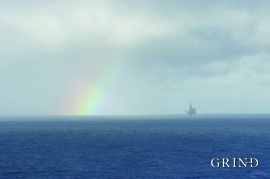
Petroleum riches off the coast of Hordaland
Already in the 1750s, Erik Pontioppidan fantasized about the possibility of petroleum in the North Sea, in "Forsøg til Norges naturlige Historie" (= Studies of Norway's Natural History) "The North Sea’s oiliness is, next to its saltiness, a remarkable feature. It can be expected that in the sea, as on land, there lie hidden some oil seepages or petroleum flows, naphtha, schist-oil and other bituminous and oily liquids”. More than 200 years were to pass before these predictions came true. In recent years, an unbelievable 120,000 cubic metres of oil and 70 million cubic metres of gas are pumped up from the Oseberg and Troll reservoirs every day. This fairy tale is being played out less than 80 kilometres from the coast of Hordaland, which is not further than that one could see the oil platforms from the coastal mountains on a clear day.
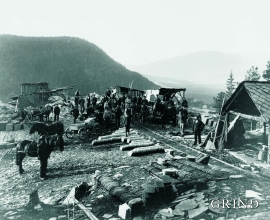
Stone quarry in Hordaland
Hordaland has been through several "Stone Ages". The first was in the real Stone Age, with Bømlo as its centre. Hard stone as tools and weapons was the normal occupation for Bømlo folk. The next started a ways into the 1800s. Building stone and cobblestones in the street became popular in cities throughout the country. The last stone age is just about twenty years old - after a long period of dominance by asphalt and cement, natural stone has again become desirable in streets and squares, in roads and as building facades.
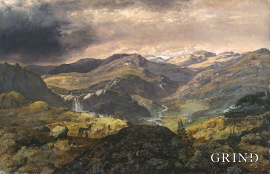
The Artist and his Experience of Nature
På ferd mot vest over Hardangervidda opplever vi det dramatiske panoramaet når vidda går over i djupe bergkløfter og høge fossefall – eit utsyn som har fascinert kunstnarane.

The bedrock of western Norway
Much is hidden from us, but we know some of the main features in the history behind the different rock types and minerals that surround us. The Hordaland we experience today is the result of an exciting and sometimes dramatic geological history over many hundreds of millions of years - a result that is important for Hordaland: The bedrock influences the soil types and lays down the cultural foundation, by determining the possibilities for mining, quarrying slate, building stone and gravel for roads, and, not least, where we find mountains, valleys and fjords.

The Fjord- a blue lung
The West Coast of Norway, with its deep fjords that carve far into the high mountains, is one of the most characteristic and - many would say - beautiful landscapes in Europe. It is not without reason that tourists come from around the world each year to see the fjords of Norway.
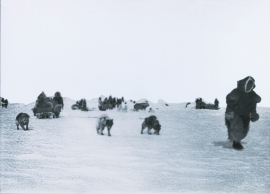
The forgotten saga
The saga regarding the settlement of Hordaland started off about 10,000 years ago. Most of this saga has been recorded in writing, not on paper, but on stone and on the earth in the forest and the marshes.

The Literary Landscape
Naturopplevinga hjå lyrikarane våre gjev ofte vår eiga landskapsoppleving ein djupare resonnans-botn, men styrken i naturens krefter kjem også fram, i mektige epos om fjellet og om havet.
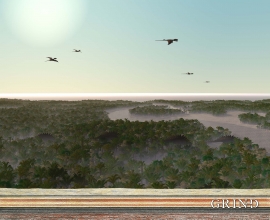
The mountain chain disappears – and the dinosaurs arrive!
The Caledonian mountain chain is an example of how plate movements and continental drift can cause collisions and the upheaval of huge mountain chains. After the horizontal compressional forces ceased, the forces of gravity, wind and water took over and started the process of eroding away the mountain chain. But, nearer to our time the land rose up again to a plateau landscape in the east which slanted down toward the ocean in the west!
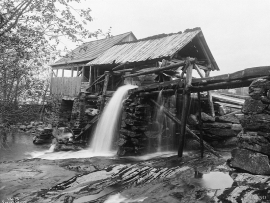
The Pine Forest, the Sash Saw and the Scots Trade
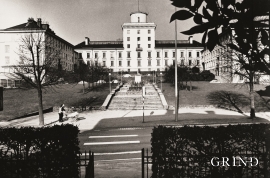
The pioneers who discovered the natural history of Hordaland
When Professor Emeritus Knut Fægri (1909-2001) was asked to write the book's chapter about the natural science pioneers of Hordaland, he answered unequivocally, "yes". It was one of the last things he wrote before he died, at the age of 92. In typical Fægri language he presents some of the scholars who, in the time before the University of Bergen was founded, led the way in studying the natural science of The West Country.


